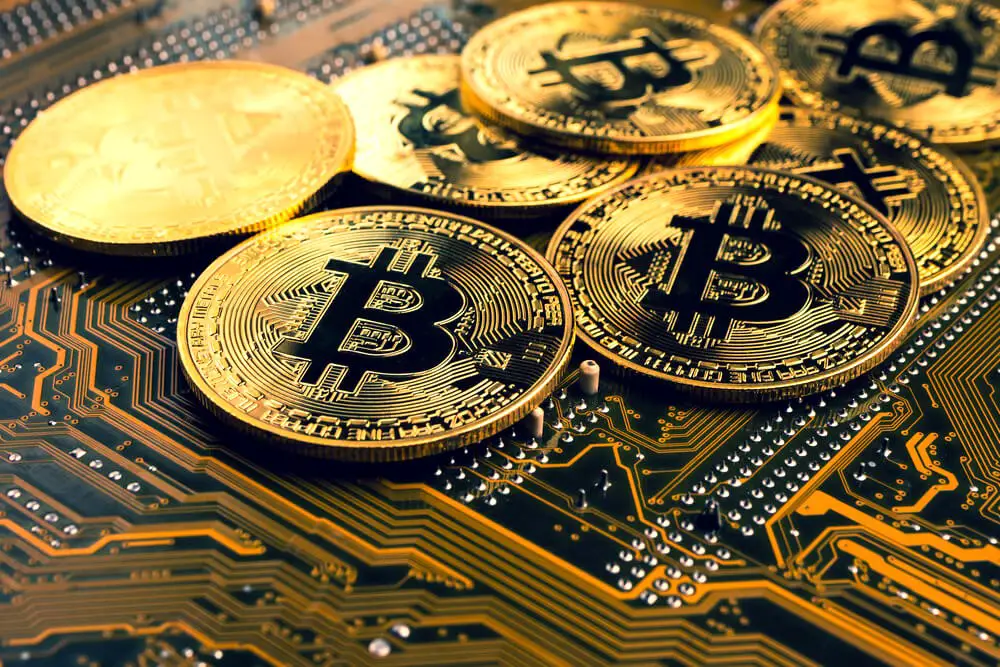Stablecoins: In a rapidly evolving digital landscape, the rise of stablecoins has emerged as a significant phenomenon, revolutionizing the world of cryptocurrencies. These digital currencies, designed to maintain a stable value, have gained immense popularity and trust among investors and enthusiasts. In this article, we delve into the intriguing world of stablecoins, exploring their evolution, functionalities, and their role in reshaping the financial industry.
The Emergence of Stablecoins
What Are Stablecoins?
Stablecoins, as the name suggests, are a unique breed of cryptocurrencies that strive to maintain a stable value. They achieve this stability by pegging their value to a reserve asset, such as a fiat currency like the US Dollar or a commodity like gold. This pegging mechanism ensures that the value of the stablecoin remains relatively constant, shielding it from the extreme price volatility commonly associated with traditional cryptocurrencies like Bitcoin and Ethereum.
Evolution and Growth
Stablecoins were initially introduced as a response to the volatility that plagues the cryptocurrency market. Their primary goal was to provide a reliable and stable medium of exchange, while also acting as a store of value. Tether (USDT) was among the first stablecoins to gain widespread recognition, with its value pegged to the US Dollar. Since then, various stablecoin projects have proliferated, each offering unique features and benefits.
One of the most notable developments in the world of stablecoins is the rise of algorithmic stablecoins. These digital currencies employ complex algorithms and smart contracts to maintain their stability, eliminating the need for traditional reserves. As a result, they have the potential to become entirely decentralized and self-sustaining, making them a compelling choice for the future.
The Role of Stablecoins in Finance
Facilitating Cross-Border Transactions
Stablecoins have significantly contributed to making cross-border transactions more efficient and cost-effective. Traditional international money transfers can be slow and expensive due to intermediaries and currency conversion fees. Stablecoins, on the other hand, allow for near-instantaneous transfers at a fraction of the cost, making them a game-changer for international trade and remittances.
Redefining Financial Inclusion
In many parts of the world, access to traditional banking services is limited. Stablecoins, with their ease of use and accessibility, have the potential to bring financial inclusion to the unbanked and underbanked populations. These digital assets can be stored and transacted using just a smartphone, eliminating the need for physical bank branches and infrastructure.
A Hedge Against Inflation
With the global economy facing inflationary pressures, stablecoins can serve as a hedge against the loss of purchasing power. Individuals and businesses can hold their wealth in stablecoins to protect their assets from the eroding effects of inflation, providing a sense of financial security.
The Regulatory Landscape
As stablecoins continue to gain prominence, regulators worldwide are paying closer attention to this burgeoning asset class. Concerns related to money laundering, financial stability, and consumer protection have prompted governments to develop regulatory frameworks. Striking a balance between innovation and oversight remains a critical challenge, and the regulatory landscape for stablecoins is continually evolving.
The Future of Stablecoins
The future of stablecoins looks promising and multifaceted. They have the potential to transform various industries, from finance to e-commerce and beyond. As blockchain technology and decentralized finance (DeFi) continue to evolve, stablecoins are likely to play a pivotal role in shaping the financial ecosystem of the future.
Decentralized Finance (DeFi)
Stablecoins are at the core of the DeFi movement, enabling users to borrow, lend, and trade assets without relying on traditional financial intermediaries. DeFi platforms leverage stablecoins to provide liquidity, yield farming, and decentralized exchanges, fostering financial innovation and inclusivity.
Tokenization of Assets
The concept of tokenizing real-world assets, such as real estate, art, or commodities, is gaining traction. Stablecoins can facilitate these tokenization efforts, allowing for the fractional ownership of assets and the creation of new investment opportunities. This has the potential to unlock previously illiquid markets and democratize investment.
Conclusion:
In conclusion, the rise of stablecoins represents a pivotal moment in the evolution of digital currencies. Their unique ability to provide stability in a volatile crypto market, facilitate cross-border transactions, and promote financial inclusion makes them a powerful force in the financial world. While the regulatory landscape continues to evolve, the future of stablecoins appears bright, promising to reshape industries and enhance financial access for people around the world.
